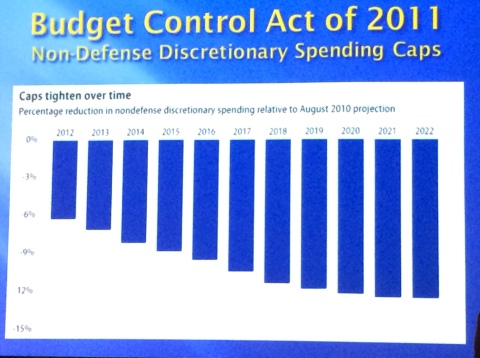In a new Notice, the NIH went beyond reversing its decision to eliminate the A2 submission to allow, in theory, unlimited A0 submissions of the same proposal (hopefully improved with each submission).
Effective immediately, the NIH and AHRQ will accept a new (A0) application following an unsuccessful resubmission (A1) application. The subsequent new application need not demonstrate substantial changes in scientific direction compared to previously reviewed submissions, and must not contain an introduction to respond to the critiques from the previous review.
Although reviewers of this subsequent A0 might think it sounds familiar, they will not have the prior applications or summary statements and will be instructed to treat each A0 as new (and it will have a new grant number assigned).
The NIH and AHRQ will not assess the similarity of the science in the new (A0) application to any previously reviewed submission when accepting an application for review. Although a new (A0) application does not allow an introduction or responses to the previous reviews, the NIH and AHRQ encourage applicants to refine and strengthen all application submissions.
However, if it feels like Groundhog Day without hope of ever reaching Feb 3 or a competitive score, reviewers will also likely be encouraged to comment on unproductive repetitive submissions in the Additional Comments to Applicant.
Also, the new policy makes clear that PIs cannot resubmit the application as soon as they know their score and still cannot have overlapping proposals under review at the same time.
This means that the NIH will not review:
-
a new (A0) application that is submitted before issuance of the summary statement from the review of an overlapping resubmission (A1) application.
-
a resubmission (A1) application that is submitted before issuance of the summary statement from the review of the previous new (A0) application.
-
an application that has substantial overlap with another application pending appeal of initial peer review (see NOT-OD-11-101). {writedit: yet another reason not to appeal}
PIs should communicate with their PO about resubmission strategy. An ND (not discussed) A0 might do better just going back as an A0 again (skipping a written introduction as an A1). If the PI would do better to write the introduction to clarify/highlight improvements based on the A0 discussion, then an A1 might be the more strategic submission (plus the extra month may be useful). A Type 2 (competing renewal) would need to go in as an A1 to remain under consideration as a Type 2 (if/when subsequently submitted as A0, becomes Type 1 again and loses the Progress Report and competing renewal submission date/status). Some FOAs will limit whether an application can be submitted as an A1, too. You should definitely talk with your PO for advice. There will also be FAQs issued [update: a new Notice provides some clarification].
This strategy should bypass the prior “getting in line” philosophy of the A0-A1-A2 progression while allowing PIs to continue refining, improving, and submitting proposals from their evolving research program. As the Notice notes, this should particularly help early career investigators who have not had the time or resources to begin developing parallel research programs attractive to different ICs and SRGs. Let the writing and rewriting begin.
 e). In fact, so obvious, it goes without saying.
e). In fact, so obvious, it goes without saying.